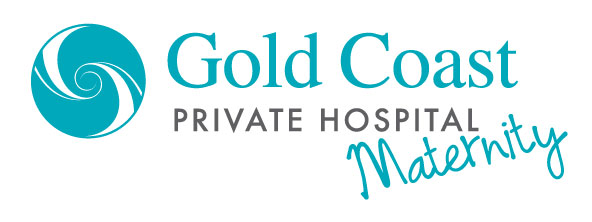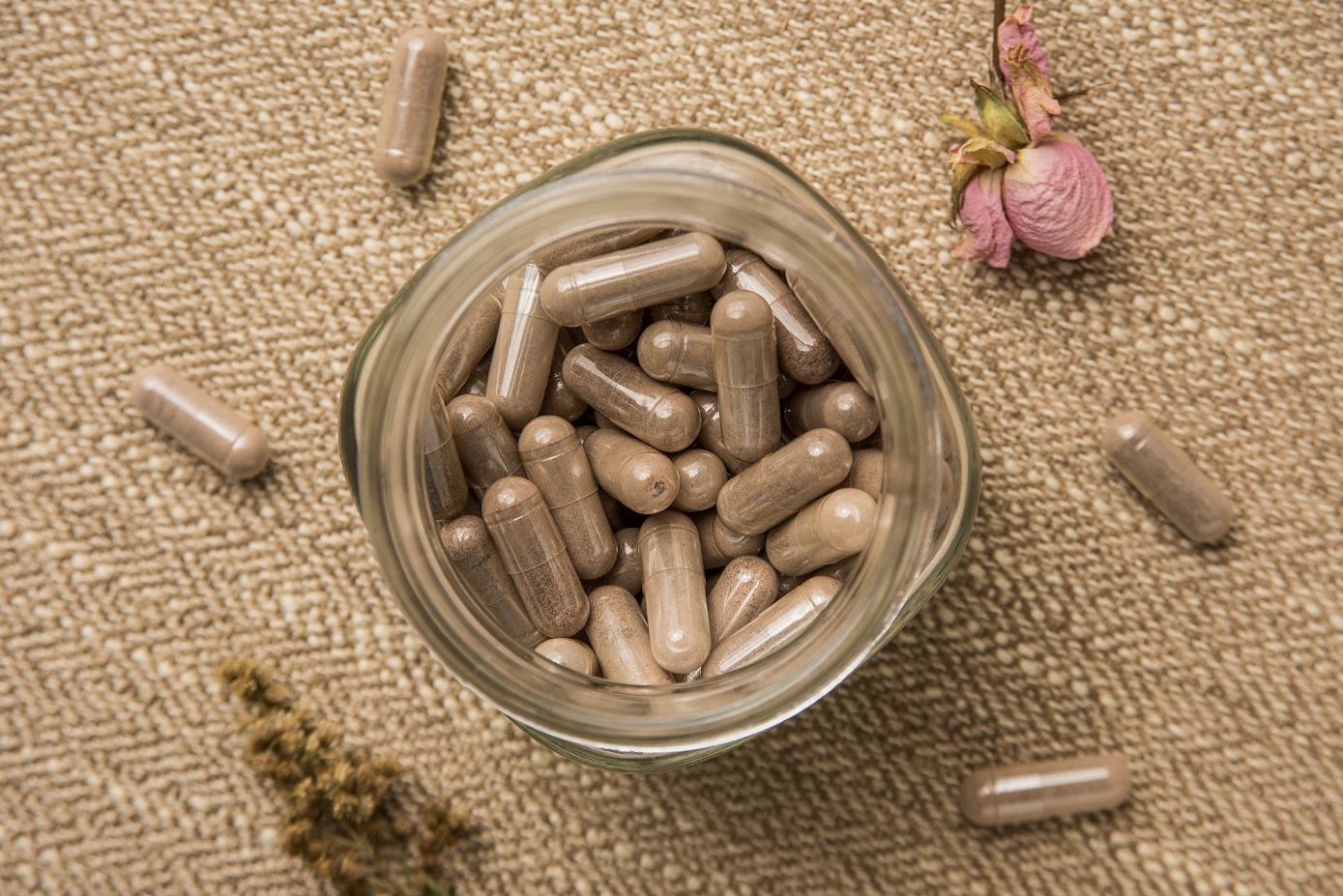More and more women are turning to placenta encapsulation services following their birth to steam, dehydrate and powderise the placenta into ready-to-swallow pills. It’s part of the growing trend of placentophagy — or ingestion of the placenta — which was briefly popular in the 1970s and has been on the rise since 2015. Let’s have a look and see if there are any benefits to the practice…
The claims
There are claims that consuming your placenta can help improve your mood, increase your iron stores and increase your milk production throughout the fourth trimester, which is the first three-months after birth.
One study showed a majority of women who took placenta capsules reported that it had some benefit to them. But to date, there have been no in-depth peer-reviewed studies that have supported these claims or benefits.
The facts
Most hormones are destroyed in the placenta encapsulation process, except for the hormones progesterone and oestrogen — which have been found at levels that may even reduce milk supply in some lactating women.
The continued oestrogen intake also has the potential to increase the risk of blood clots, which needs to be considered, particularly for women who have had a cesarean birth.
The problem
There is not enough research. There needs to be many more studies undertaken in this area.
The verdict
The jury is out because we do not have enough research on this important topic. Until we have this research it is very important to weigh up the risk versus benefit in this area of placenta encapsulation. It’s always best to discuss any pregnancy and postnatal questions with your medical team directly.
At Gold Coast Private Hospital, we take pride in being involved in the birth of your baby. Our highly skilled team of midwives, obstetricians and paediatricians work closely with parents to ensure the safest and best start in life for their babies. Please visit our website for more information.
Reference list
Cole, M. 2014. Clinical Lactation, Placenta Medicine as a Galactagogue, Tradition or Trend? 5(4). http://www.clinicallactation.org
Young, S., Grydera, L., Zavac, D., Kimballc, D., Benyshek, D. (2016) Presence and concentration of 17 hormones in human placenta processed for encapsulation and consumption. https://www.researchgate.net/publication/302921635_Presence_and_concentration_of_17_hormones_in_hu man_placenta_processed_for_encapsulation_and_consumption


